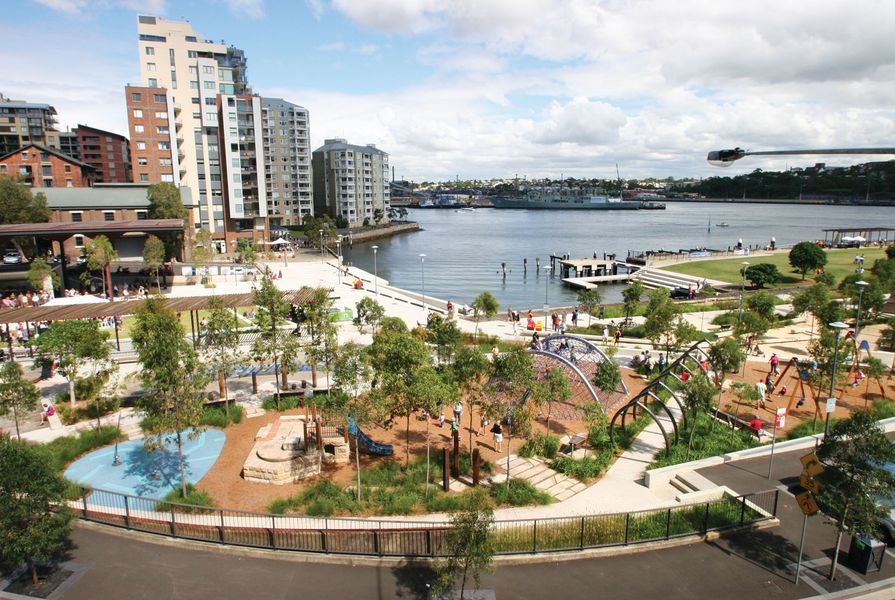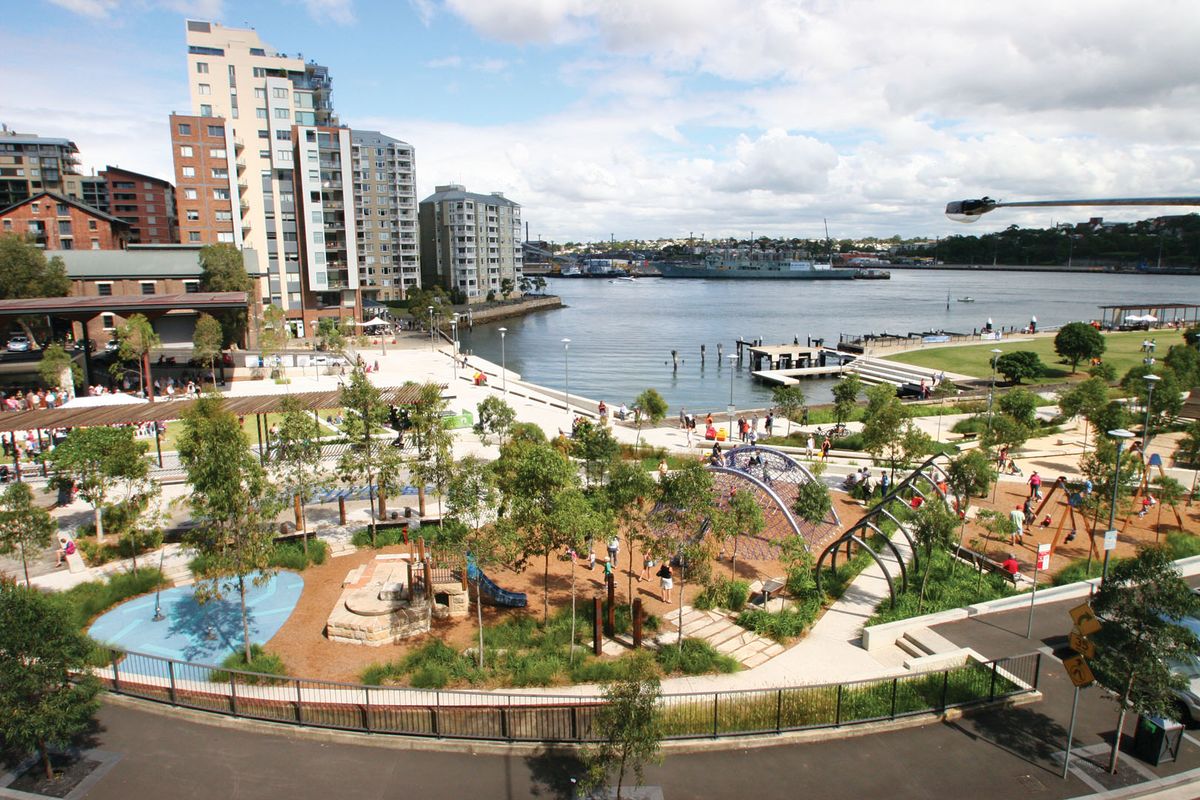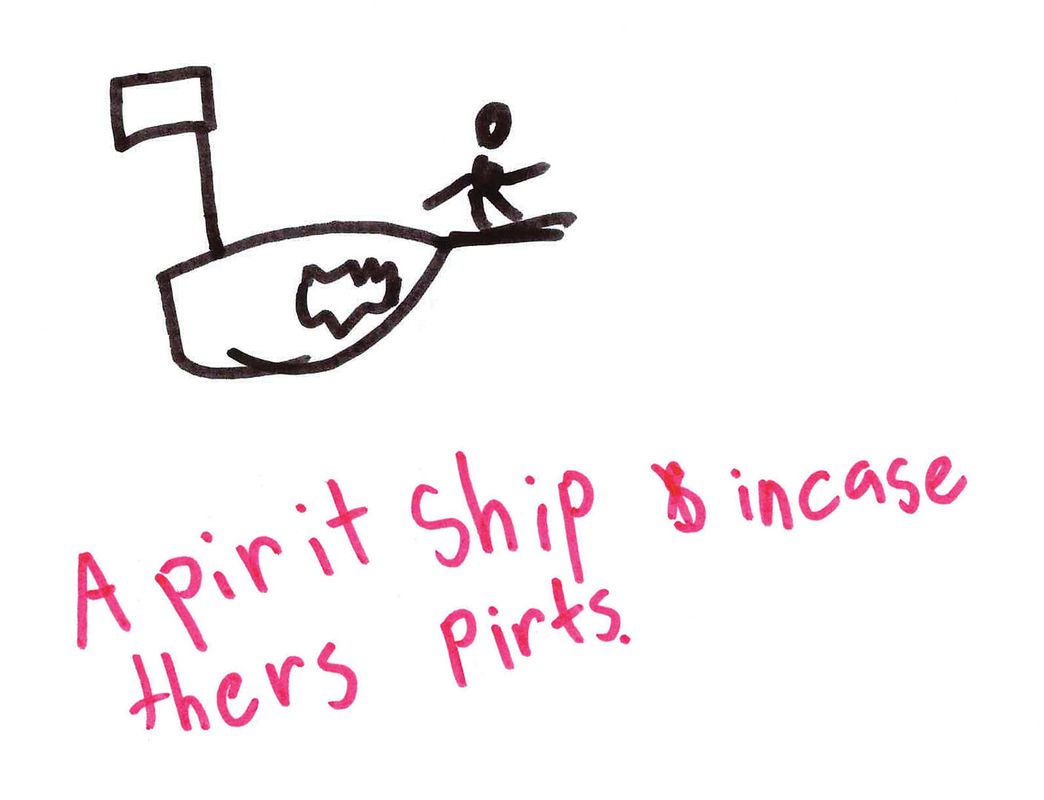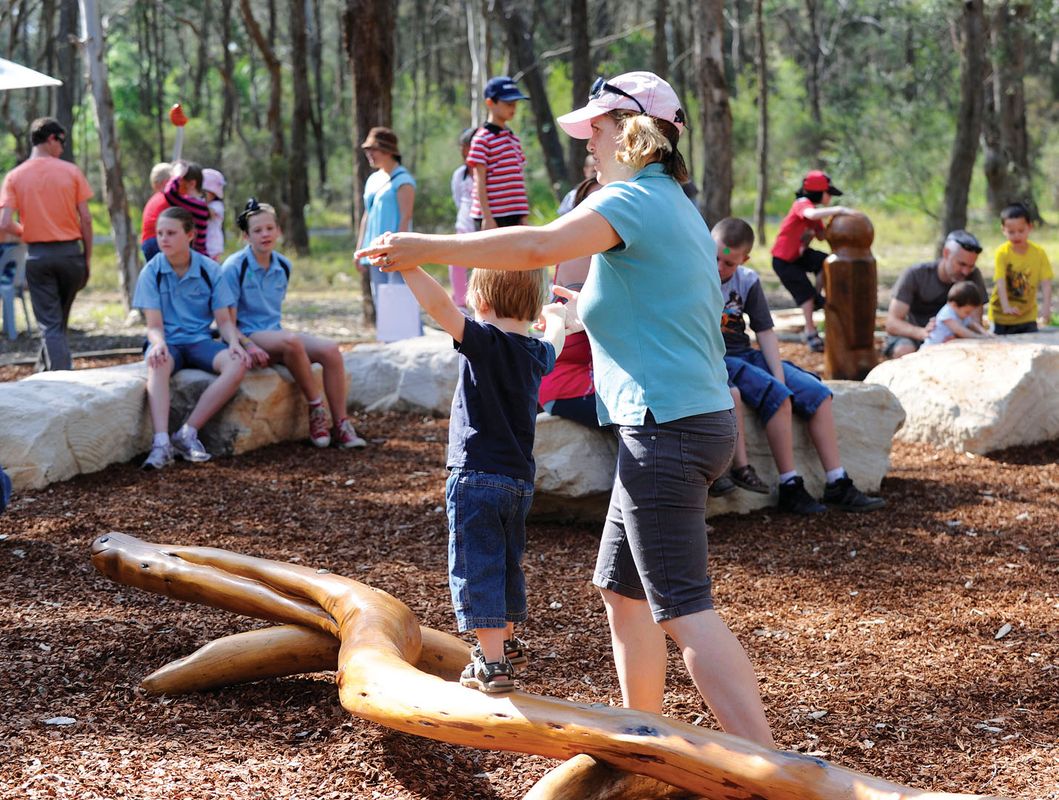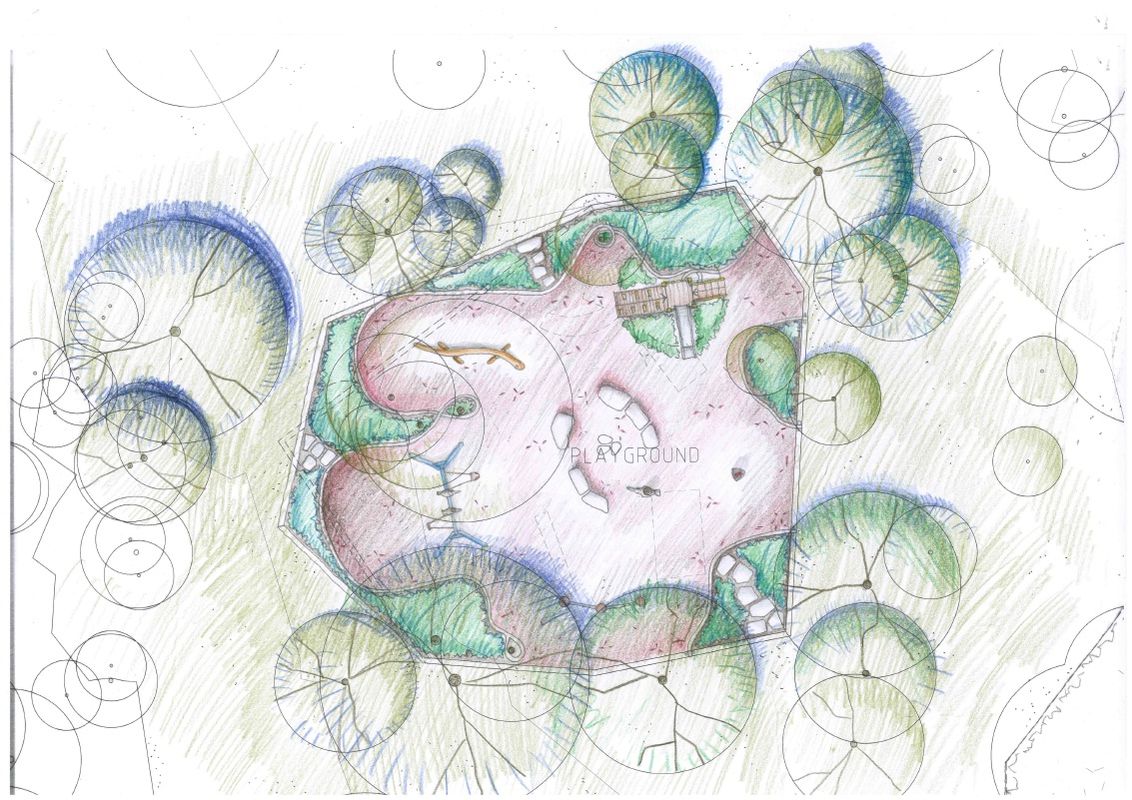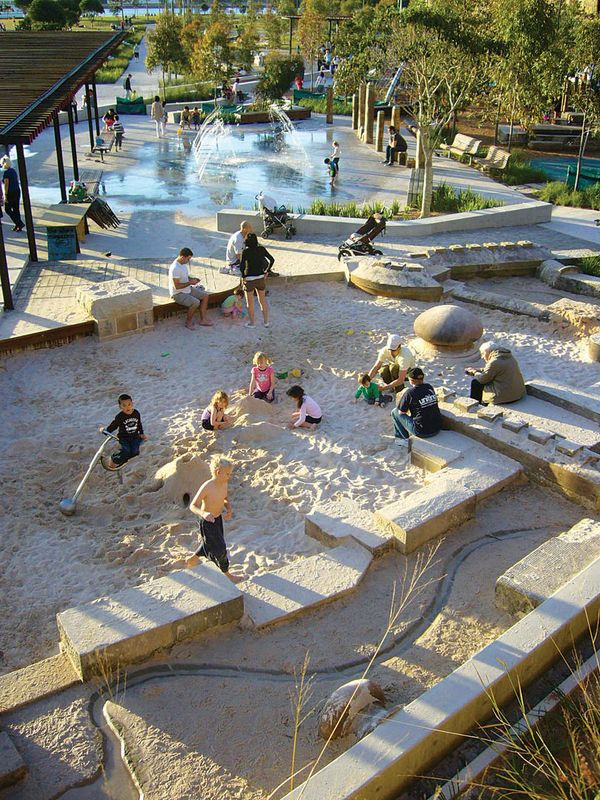Fiona Robbé Landscape Architects is a small practice on a big mission. Established in 1993, this design firm with a staff of six in Arcadia, New South Wales is dedicated to finding ways that landscape architecture can benefit society, while also promoting environmental sustainability. For the last ten years, the firm has focused this commitment through designing environments for children and young people. It’s a topic that director Fiona Robbé is passionate about.
“If you think deeply about a future for Australia that’s based both on people and the environment, it doesn’t take long to realize the importance of designing for children,” says Robbé. “Getting it right for kids means we are getting it right for our future.”
When Robbé initially founded the practice, she didn’t make a conscious decision to become a play environment design specialist. “I was merely following my heart,” she says. The decision to focus on play environments evolved from Robbé’s desire to find the most effective way in which she could make a meaningful contribution to society through design. “As little as twenty years ago, play environments were incredibly paltry and unimaginative, and were quite often the domain of a manufacturer, not a designer,” says Robbé. This isn’t to say there weren’t iconic playgrounds all over Australia being designed by good people but, as Robbé says, “It just wasn’t in the mainstream, and certainly wasn’t considered something a practice would specialize in.”
Inherent within each project that Robbé’s firm undertakes – whether it is a public park, school, zoo, museum, preschool or church space – is the belief that children need to be treated as equal citizens. “Merely thinking of kids in the built environment as people who just use the space inside the dotted line in a masterplan that’s designated as a playground is just ridiculous,” says Robbé. “We need to think more broadly about children, what constitutes a child-friendly city, and how this translates into everyday design. [We need to] recognize that children and young people have a right to be involved in participatory design processes. It’s not a luxury, it’s a necessity. Modern childhood isn’t what ours used to be, and we need to learn all about it.”
Because many of the briefs for which Robbé tenders do not always request the involvement of children in the design process, she will offer optional extras which “demonstrate to the client the best practice principles in designing for children.” The process includes several steps, beginning with what she calls “Gulliver’s mapping,” where children map ideas for a particular space. These ideas are then closely assessed and incorporated into designs. Ideally, the children are consulted throughout the design process until opening day, often finishing with a session that allows the children to discuss what was built and how their design ideas have been respected. Presently, about 80 percent of Robbé’s clients will opt for the first step of Gulliver’s mapping. Subsequent steps aren’t always followed, “but when they are,” says Robbé, “boy, do you see what an impact it makes on children’s lives.”
Research and acute observation through post-occupancy evaluations (POEs) are also a fundamental aspect of the practice’s design philosophy. “For the projects we’ve been particularly experimental on, I’ll go back three to five times,” says Robbé, “because it’s very important to update your own assumptions. Did this work, why did it work, why didn’t it work, how would I do it differently … You’re constantly forging new territory, and you don’t know whether it delivers unless you spend the time going back and reflecting.” While conducting POEs is not a funded part of Robbé’s work, she believes “it simply underpins good practice. If you want to be an effective designer for kids, I believe you have to invest in the total process.”
Besides her focus on designing child-friendly spaces, Robbé also invests a substantial amount of time advocating passionately for the rights of children of all ages and abilities to play outdoors. Her involvement includes participating in the NSW Commission for Children and Young People’s endeavours, organizing playground tours, presenting at conferences and contributing to the review of Australian Standards for playgrounds. Most recently, Robbé has been working on the development of a playground assessment tool with Kidsafe, the AILA and the Parks and Leisure Association. “It’s been a valuable exercise because these organizations realize they are linked through their greater awareness of children and young people … it’s just a matter of bringing them together.”
While Robbé acknowledges that design is not a panacea for all of the issues involving the wellbeing of children at the moment, she does believe it can have an extraordinary impact. “People with children, people with disabilities, are everywhere,” she says. “They are not invisible. We just so need to be aware of their needs and design for them the best way we can.”
Source
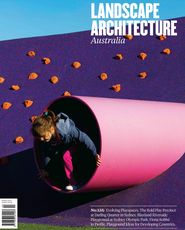
Practice
Published online: 1 May 2016
Words:
Gweneth Newman Leigh
Images:
Fiona Robbé,
Simon Wood
Issue
Landscape Architecture Australia, August 2012

